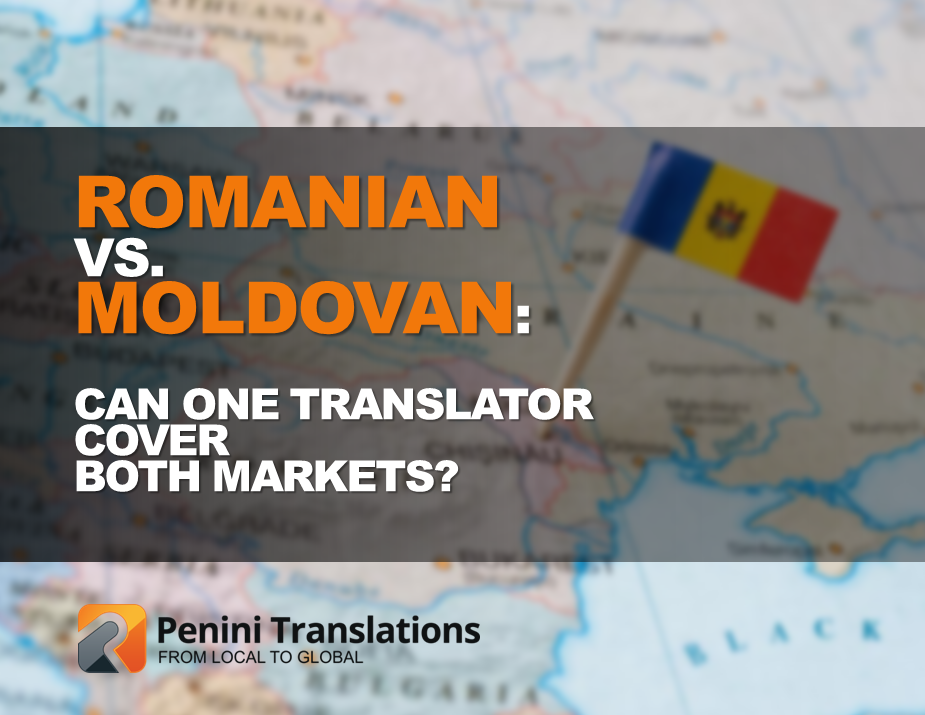While both countries share a common language heritage, understanding the nuances between “Romanian” and “Moldovan” is essential for effective communication and market success.
Can one translator serve both markets—or is local expertise vital?
1. Historical Context
The Romanian (Eastern Romance) language evolved from Latin, enriched over centuries by Slavic, Greek, Hungarian, German, Turkish, and other influences.
Moldovan—spoken in Bessarabia—followed the same origins. Annexed by Russia in 1812, it came under heavy Russification during the Soviet era. Until 1989, Moldovan was even written in Cyrillic.
In 2023, Moldova officially declared the national language as “Romanian”, aligning with Romania’s linguistic identity .
2. Similarities
-
Shared Standard Language: Both countries use the same written standard, making texts interchangeable
-
Mutual Intelligibility: Conversations, media, and education are fully interoperable between Romanian and Moldovan speakers
-
Grammar & Core Vocabulary: They share identical grammar rules, core lexicon, and sentence structures, derived from the same Latin base.
3. Key Differences
| Area | Description |
|---|---|
| Accent & Dialect | The Moldavian dialect (spoken both in Moldova and northeastern Romania) is characterized by certain phonetic features like vowel centralization (mamă pronounced closer to mamâ) and softening of consonants. |
| Loanwords | Moldovan uses more Russian-derived vocabulary, particularly in administration, technology, and everyday speech—legacies of Soviet rule . |
| Local Expressions | Shared idioms, traditional phrases, and newer borrowings from Russian create subtle differences in tone and nuance. |
4. Can Romanian Translators Serve Moldovan Markets?
Generally, yes.
A qualified Romanian translator can handle Moldovan texts—especially formal written materials like legal documents and technical manuals. The written standard is the same, and differences are minor.
Caution with certain content types:
-
Marketing or localization: If your campaign targets Moldovan consumers, even small language or cultural missteps can reduce impact. A Moldovan audience might resonate more with region-specific colloquialisms or Russian-influenced terms.
-
Audio or voice-over projects: A Romanian accent may sound overly formal or foreign to Moldovan consumers, potentially disrupting engagement.
5. Practical Examples
-
A legal contract translated into Romanian could be used seamlessly in both countries—no adaptation needed.
-
A marketing e‑mail sent to Moldovan customers using Romanian expressions may sound stiff. A language tweak using local terms or slight adjustments could imrove click-through rates.
6. Recommendations for Companies
-
Use Romanian translators for formal, standardized content.
-
For culturally-sensitive or audience-facing copy in Moldova, involve translators familiar with local dialectal preferences and Russian borrowings.
-
For audio/video in Moldovan markets, use voice talent with Moldavian pronunciation to ensure relatability.
Beyond translation—cultural intelligence.
Whether you’re entering Romania, Moldova, or both, Penini Translations offers language solutions tuned to your target audience’s expectations. Your message deserves to be more than translated; it deserves to be felt.
Contact us:
by e-mail: office@peniniglobal.com
by telephone: 0040720825462
Follow us:
LinkedIn www.linkedin.com/company/penini-translations
Instagram www.instagram.com/penini_translations/
Facebook www.facebook.com/peniniglobal/




